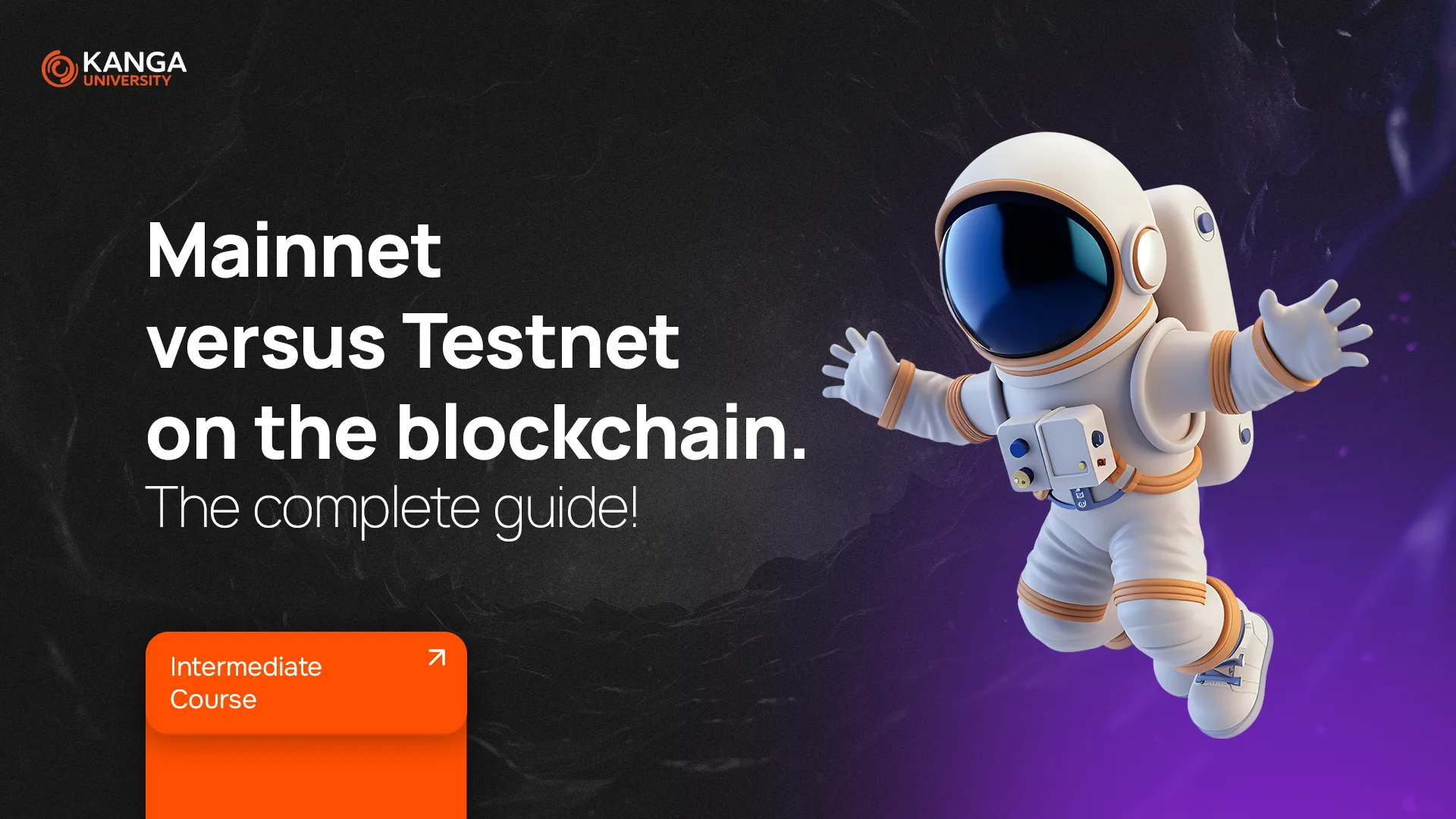
In the world of blockchain, two terms often come up: testnet and mainnet. Simply put, testnet refers to a test version of a blockchain, while mainnet is the real, fully operational network used for actual transactions.
Understanding this distinction is essential for anyone exploring blockchain technology. Testnets provide a safe environment for developers to experiment and refine their applications, while the mainnet serves as the backbone of the blockchain ecosystem, where real assets and transactions take place.
By knowing the key differences between these two, developers can properly test their applications and smart contracts before deploying them on the mainnet.
What is a Testnet and How Does It Work?
A testnet is an experimental blockchain network where developers can test, modify, and monitor applications before they go live.
Think of a testnet as a sandbox environment—a simulation of the mainnet where developers can try new features, fix bugs, and ensure their applications work properly before launching them in the real blockchain network.
Testnets function as independent networks, separate from the mainnet. Transactions on a testnet do not affect the mainnet, and vice versa. This allows for a completely safe environment where developers can:
- Experiment with new features, upgrades, and fixes before they go live.
- Identify and eliminate bugs before launching a project on the mainnet.
- Simulate real-world blockchain transactions without using actual assets.
Because of this, testnets ensure that applications and smart contracts function smoothly and securely before being deployed on the mainnet.
Use Cases and Features of a Testnet
- Provides a safe space for developers to experiment with new applications.
- Allows for the testing of smart contracts without using real cryptocurrencies.
- Helps identify scalability, security, and decentralization issues before launch.
- Ensures that dApps work properly before being deployed on the mainnet.
- Reduces risks by detecting and fixing errors before going live.
- Enables developers to simulate real blockchain conditions without financial loss.
Testnets come in different forms depending on the blockchain. For example, in the Ethereum ecosystem, the Goerli testnet is recommended for stable testing environments, while the Ropsten testnet is better for testing under conditions similar to the mainnet.
What is a Mainnet and How Does It Work?
A mainnet is the fully functional version of a blockchain. It is the live, public network where real transactions occur and are recorded on the blockchain.
Unlike a testnet, the mainnet is where actual users interact, sending cryptocurrencies, executing smart contracts, and using decentralized applications (dApps).
The mainnet operates independently, using its own protocol and native cryptocurrency. It functions based on a consensus mechanism, such as Proof-of-Work (PoW) or Proof-of-Stake (PoS), which ensures that transactions are processed securely and efficiently.
On the mainnet:
- Transactions involve real value and require transaction fees.
- The blockchain is fully decentralized and public.
- Transactions are permanently recorded in the distributed ledger.
- Users can send and receive cryptocurrencies, NFTs, and other digital assets.
Use Cases and Features of a Mainnet
- Proof of a blockchain’s functionality—a fully developed and working blockchain.
- Enables real transactions and supports dApps for public use.
- Operates as an open-source network, allowing developers to build and innovate.
- Ensures transparency and security in digital transactions.
- Mainnets store all transaction data in a decentralized and immutable ledger.
Testnet vs. Mainnet – Key Differences
| Feature | Testnet | Mainnet |
|---|---|---|
| Purpose | Testing and development | Real transactions and live use |
| Transaction Costs | Free, using test tokens | Requires real cryptocurrencies and gas fees |
| Network ID | Uses a unique identifier | Uses a different identifier |
| Genesis Blocks | Independent from the mainnet | Separate from the testnet |
| Number of Nodes | Fewer nodes | More nodes for greater security |
| Transaction Frequency | Lower transaction volume | Higher transaction volume |
The testnet is where new ideas and projects are developed and refined, while the mainnet is where real transactions happen and blockchain projects prove their functionality.
Summary
After reading this lesson, one key takeaway should be clear: the testnet comes first, then the mainnet.
Every blockchain project must go through a testing phase before being evaluated on the main network. Understanding the differences between testnets and mainnets will help you analyze a project’s roadmap and progress. Now that you’re familiar with these essential blockchain components, you can better understand how projects develop and evolve!